BY PATRICIA NEWMAN
In my Teen Librarian Toolbox article for SLJ co-authored with Jessica Stremer, we say, “Teens and tweens have a well-developed sense of justice and become more aware of social issues when they see personal connections. While today’s youth are optimistic and focused, they need help locating resources to support their ability to make change.” [Source] Now, more than ever our children and youth need civic role models.
What is a civic role model?
Consider the marine biologist in Sea Otter Heroes who discovered that sea otters save seagrass ecosystems simply by eating crabs, a natural behavior. No one knew of this relationship — called a trophic cascade — prior to Brent Hughes’s discovery. Or the director of an ocean nonprofit in Giant Rays of Hope who’s rallied the communities of coastal Peru to save giant manta rays to protect the sea. Or the Indigenous people in A River’s Gifts who restored the river on which so much of their life and livelihood depends.
Each one of these individuals is a civic role model for your students. They are the scientists, community leaders, volunteers, kids, and teens facing environmental and societal challenges head on, in the field, every day. Their ideas can be our ideas. Their successes, our successes. And their failures can teach us how to approach a problem differently.
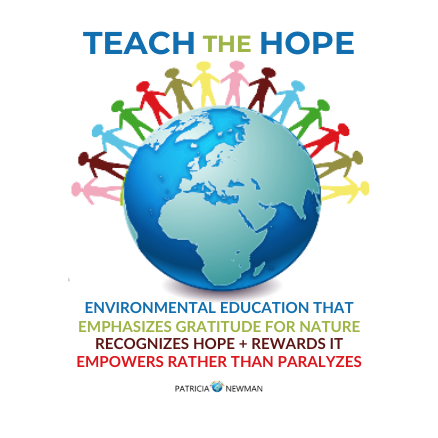
Civic role models also Teach the Hope
As we chip away at societal issues, it’s easy to become anxious over the state of the world. Kids often overwhelmed about the scope of the problems and sometimes feel they have to fix things on their own.
That’s why we need to Teach the Hope. It’s not enough to teach the standard, we must also focus on hope with respect to societal problems. And our civic role models are the hope! Teach the Hope is a strategy every teacher in every classroom around the country can employ for difficult issues.
For example, I’ve been teaching the hope since I began writing environmental nonfiction for children ten years ago. Many environmental books for children and youth can help readers understand their personal connections to nature in relation to environmental issues. In my books, I cover problems like plastic marine debris, sea level rise, and ocean acidification, but I’m not sensationalizing the issues. I’m using scientific demonstrations to make invisible concepts visible in a way that empowers rather than paralyzes.
So try the following lessons that focus on civic role models in literature. See how they inspire and empower your students!
3 civic role model lessons for your classroom
Featured image credit: Rolex


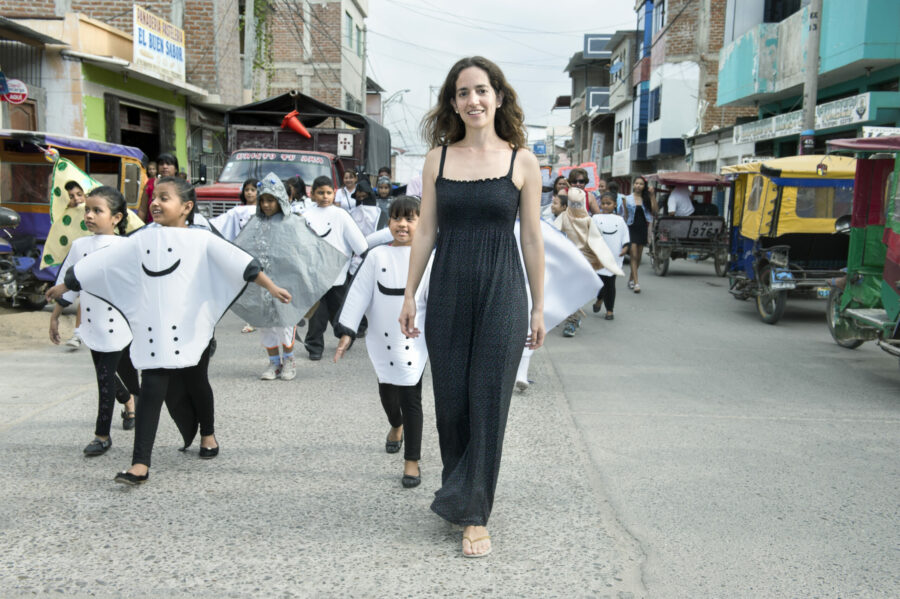
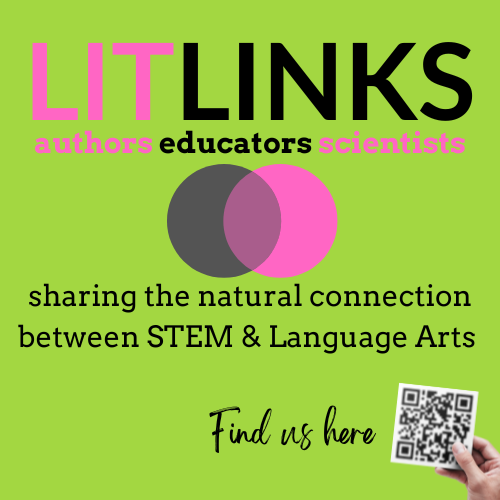
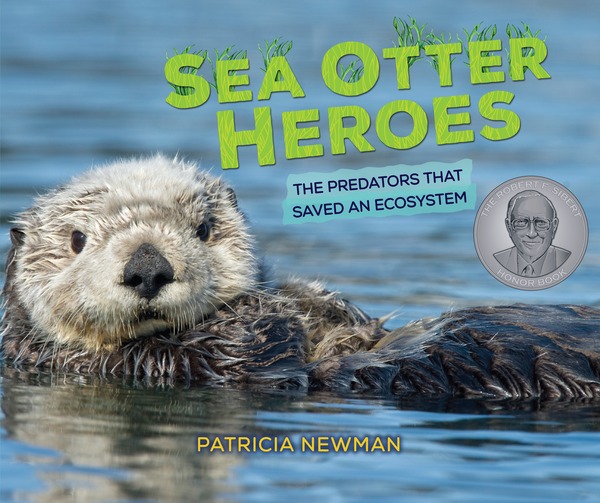

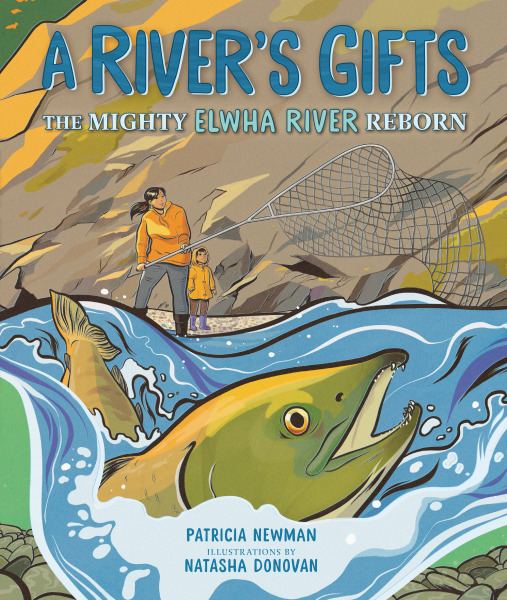
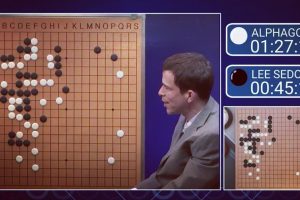
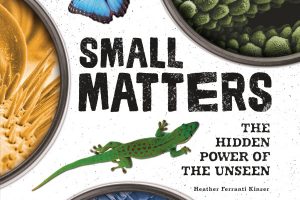
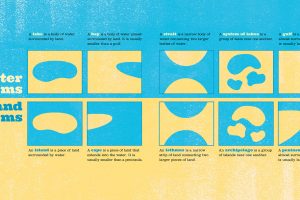
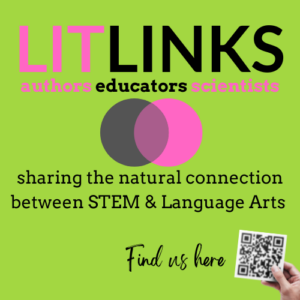
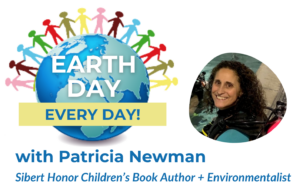
Leave a Reply
Your email is safe with me.